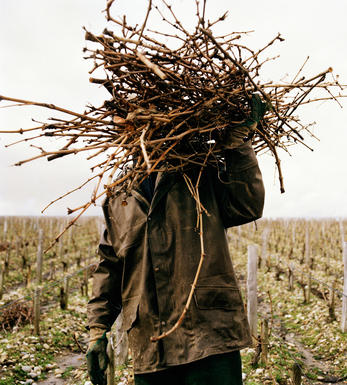
2010 Gevrey-Chambertin, 'La Justice' Domaine Pierre Damoy

Critics reviews
Allen Meadows - Burghound.com
About this WINE

Domaine Pierre Damoy
Domaine Pierre Damoy in Burgundy is one of the prize domaines of Gevrey Chambertin and no longer one of the underachievers – some others with hearty helpings of grand cru vineyards still are. This Domaine made some beautiful wines in the 50s and early 60s, after which there followed a significant dip until the current Pierre Damoy took over in the early 1990s.
While Pierre sells some grapes from Chambertin Clos de Bèze, since he has such a large holding, and even a few from Chapelle-Chambertin, he purchases grapes from the lower appellations where he is short of supply himself: Bourgogne Rouge, Marsannay Longeroies and Gevrey-Chambertin La Justice.
Pierre does not like the idea of ‘bio’, nor of lutte raisonée. He describes his methods in the vineyards as durable viticulture which is neutral for the soil – whereas the organic farmers are too reliant on copper for his taste. His plots are ploughed twice a year and then the natural grasses which grow between times are mown.
He likes to pick relatively late so as to make sure the grapes are fully ripe, though there are signs that he may pull back from the recently fashionable ultra-late picking camp. The grapes are selected in the vines and again in the cellar, destemmed using very sensitive equipment, then given a long cool pre-maceration before the fermentation gets under way, during which there is minimal manipulation.
There is a relatively high percentage of new wood in the barrel cellar, 30% for the Bourgogne, 50% for Gevrey Chambertin, rising to 70-80% for the crus and 100% for the vieilles vignes cuvée. Most of the barrels come from François Frères with some from Berthomieu and Ermitage. Interestingly, Pierre feels that medium fine grained wood from such forests as Bertranges suits his wines better than the fine-grained Tronçais.
Jasper Morris MW, Burgundy Wine Director and author of the award-winning Inside Burgundy comprehensive handbook.

Pinot Noir
Pinot Noir is probably the most frustrating, and at times infuriating, wine grape in the world. However when it is successful, it can produce some of the most sublime wines known to man. This thin-skinned grape which grows in small, tight bunches performs well on well-drained, deepish limestone based subsoils as are found on Burgundy's Côte d'Or.
Pinot Noir is more susceptible than other varieties to over cropping - concentration and varietal character disappear rapidly if yields are excessive and yields as little as 25hl/ha are the norm for some climats of the Côte d`Or.
Because of the thinness of the skins, Pinot Noir wines are lighter in colour, body and tannins. However the best wines have grip, complexity and an intensity of fruit seldom found in wine from other grapes. Young Pinot Noir can smell almost sweet, redolent with freshly crushed raspberries, cherries and redcurrants. When mature, the best wines develop a sensuous, silky mouth feel with the fruit flavours deepening and gamey "sous-bois" nuances emerging.
The best examples are still found in Burgundy, although Pinot Noir`s key role in Champagne should not be forgotten. It is grown throughout the world with notable success in the Carneros and Russian River Valley districts of California, and the Martinborough and Central Otago regions of New Zealand.


Buying options
Add to wishlist
Description
Here the nose is similar to that of the straight Gevrey if perhaps slightly more elegant with the same excellent detail and volume plus perhaps a bit more energy to the mineral-inflected finish. This is actually comparatively robust in the context of an appellation that generally yields relatively finer and elegant wines due to its position near the bottom of a large dejection cone.
Allen Meadows - Burghound.com
wine at a glance
Delivery and quality guarantee